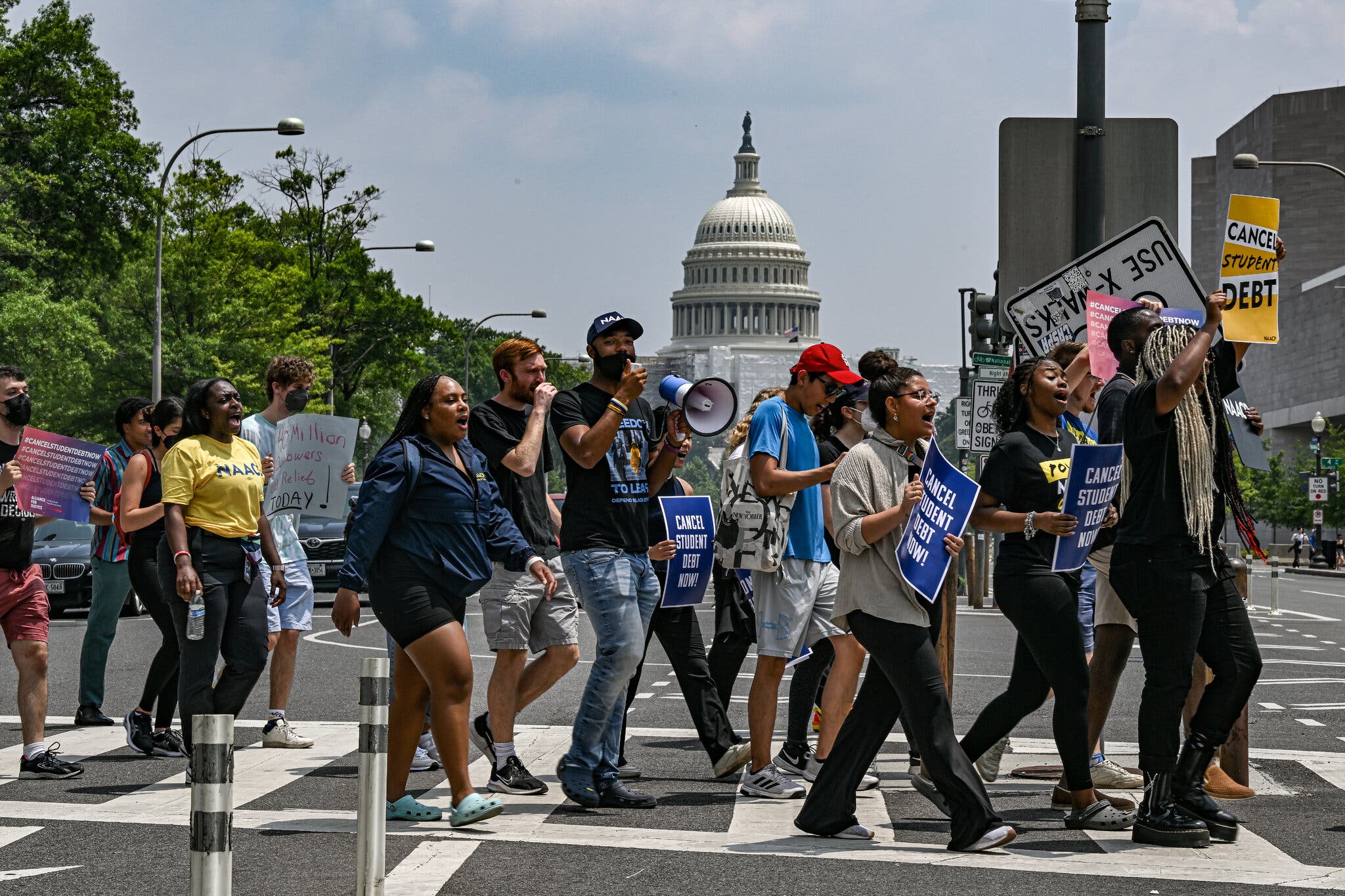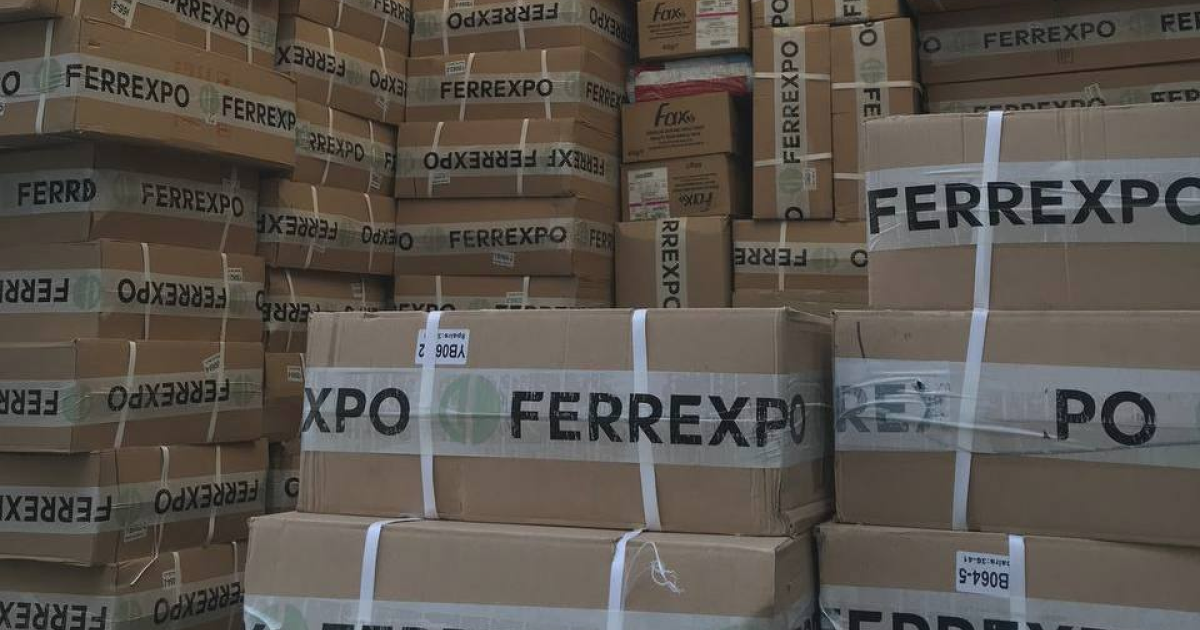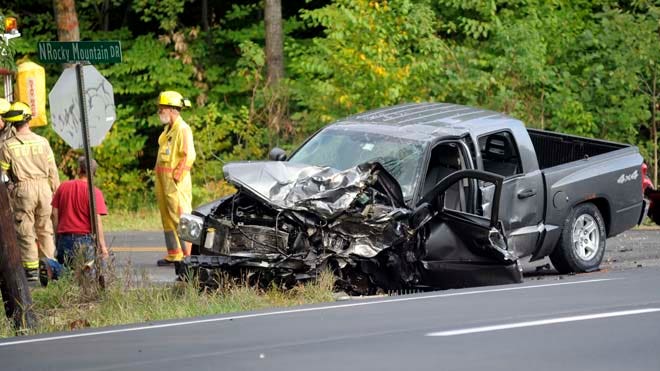How Trump's Student Loan Changes Affect Black Communities

Table of Contents
The Trump Administration's Key Student Loan Policy Changes
The Trump administration implemented several key changes to federal student loan programs, many of which had a significantly negative impact on borrowers, particularly those in Black communities.
Changes to Income-Driven Repayment (IDR) Plans
Income-Driven Repayment (IDR) plans are designed to make student loan repayment more manageable by basing monthly payments on a borrower's income and family size. However, the Trump administration made several changes that tightened eligibility requirements and increased minimum payments. These included:
- Increased minimum payments: Higher minimum payments meant borrowers, particularly those with lower incomes, faced greater financial strain.
- Stricter eligibility criteria: More stringent requirements made it harder for some borrowers to qualify for IDR plans, forcing them into higher payment plans they could not afford.
These changes disproportionately affected Black borrowers because they often have lower average incomes and wealth compared to their white counterparts, leading to a greater struggle to manage their student loan debt under the revised IDR plans. The increased debt burden consequently limited their ability to save, invest, and build generational wealth.
Suspension of Borrower Defense to Repayment
The Trump administration significantly limited the use of "Borrower Defense to Repayment," a crucial protection for students defrauded by their colleges or misled about the value of their education. This meant fewer borrowers could successfully discharge their loans, even if they were victims of predatory lending practices.
- Targeting of minority communities: Predatory lending often disproportionately targets minority communities, promising educational opportunities that fail to deliver on their promises. Limiting borrower defense to repayment left many Black borrowers vulnerable and saddled with debt for an inadequate education.
- Reduced claim success rate: The number of successful claims filed by Black borrowers and the overall success rate declined significantly under these stricter guidelines.
Changes to Public Service Loan Forgiveness (PSLF)
Public Service Loan Forgiveness (PSLF) is a program designed to forgive student loan debt for borrowers who work in public service for 10 years and make 120 qualifying monthly payments. The Trump administration made several changes that made it significantly more difficult to qualify for PSLF. These included:
- Stricter eligibility requirements: The changes imposed stricter criteria for the type of employment and repayment plans that qualified, making it much more challenging for many borrowers to meet the requirements.
- Reduced application success rate: Data indicates a significantly lower success rate for Black borrowers applying for PSLF compared to other demographic groups. This is often due to a lack of awareness of program requirements and complex application processes. Many Black professionals in public service, such as teachers and social workers, found themselves ineligible despite years of dedicated work.
The Socioeconomic Impact on Black Communities
The changes to student loan programs under the Trump administration have had a profound and multifaceted socioeconomic impact on Black communities.
Increased Financial Strain and Debt Burden
The increased debt burden from higher minimum payments, stricter eligibility requirements for IDR plans, and limited access to borrower defense to repayment has created significant financial strain for Black families. This strain limits their ability to:
- Achieve financial stability: High student loan payments leave less disposable income for necessities and savings, hindering financial stability and progress.
- Buy homes: Student loan debt can significantly impact credit scores and borrowing capacity, making homeownership, a cornerstone of wealth building, more challenging.
- Build wealth: The inability to save and invest due to heavy student loan payments perpetuates the wealth gap, hindering generational wealth accumulation.
Impact on Educational Attainment
The rising cost of higher education and the difficulties in repaying loans are discouraging many Black students from pursuing further education. This creates a vicious cycle:
- Perpetuation of the wealth gap: Limited educational attainment further restricts access to higher-paying jobs and contributes to the ongoing wealth gap.
- Limited career paths and income potential: Without access to higher education, many Black individuals are limited in their career choices and earning potential.
Exacerbation of Existing Inequalities
Trump's student loan changes have significantly amplified existing systemic racial inequalities within the education and financial systems.
- Intersectionality of race, class, and gender: The impact of these policy changes is further shaped by the intersection of race, class, and gender, creating unique challenges for Black women and other marginalized groups.
- Policy solutions: Addressing these inequalities requires comprehensive policy solutions, including increased funding for historically Black colleges and universities (HBCUs), expansion of affordable higher education options, and targeted loan forgiveness programs for Black borrowers.
Conclusion
Trump's student loan changes have demonstrably and disproportionately harmed Black communities, increasing financial strain, limiting educational attainment, and exacerbating existing systemic inequalities. The higher minimum payments, stricter eligibility for IDR plans, and limitations to borrower defense to repayment and PSLF have created significant barriers to financial stability and long-term economic mobility. Understanding how Trump's student loan changes affect Black communities is crucial for advocating for equitable solutions. Learn more about available resources and get involved in promoting fairer student loan policies, including advocating for student loan debt relief programs that specifically address the needs of Black borrowers, and supporting organizations fighting for racial equity in higher education and beyond. Let's work together to create a more equitable system for all.

Featured Posts
-
 Investitsii Ferrexpo V Ukraine Pod Ugrozoy Zayavlenie Zhevogo
May 17, 2025
Investitsii Ferrexpo V Ukraine Pod Ugrozoy Zayavlenie Zhevogo
May 17, 2025 -
 Barcelona Match Car Crash 13 Injured Police Call It Accidental
May 17, 2025
Barcelona Match Car Crash 13 Injured Police Call It Accidental
May 17, 2025 -
 Chinese Ambassador Signals Willingness For Formal Trade Agreement With Canada
May 17, 2025
Chinese Ambassador Signals Willingness For Formal Trade Agreement With Canada
May 17, 2025 -
 Ai Driven Podcast Creation Analyzing Repetitive Scatological Documents
May 17, 2025
Ai Driven Podcast Creation Analyzing Repetitive Scatological Documents
May 17, 2025 -
 Mariners Athletics Series Injury Updates March 27 30
May 17, 2025
Mariners Athletics Series Injury Updates March 27 30
May 17, 2025
Latest Posts
-
 Choosing The Best Crypto Casino In 2025 Jack Bits Features And Benefits
May 17, 2025
Choosing The Best Crypto Casino In 2025 Jack Bits Features And Benefits
May 17, 2025 -
 Best Bitcoin Casino 2025 Jack Bit A Comprehensive Review
May 17, 2025
Best Bitcoin Casino 2025 Jack Bit A Comprehensive Review
May 17, 2025 -
 Jack Bit Review Is It The Best Crypto Casino For 2025
May 17, 2025
Jack Bit Review Is It The Best Crypto Casino For 2025
May 17, 2025 -
 Top Bitcoin Online Casino 2025 Why Jack Bit Is The Best Crypto Casino
May 17, 2025
Top Bitcoin Online Casino 2025 Why Jack Bit Is The Best Crypto Casino
May 17, 2025 -
 Find The Best Crypto Casinos In 2025 Compare Top Bitcoin Casinos With Easy Withdrawals
May 17, 2025
Find The Best Crypto Casinos In 2025 Compare Top Bitcoin Casinos With Easy Withdrawals
May 17, 2025
